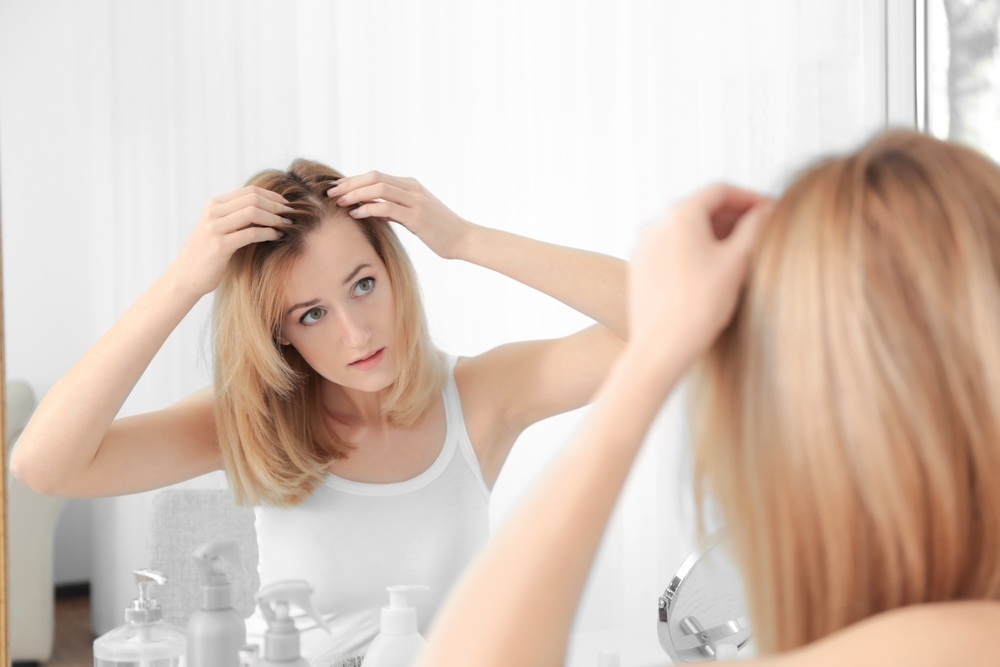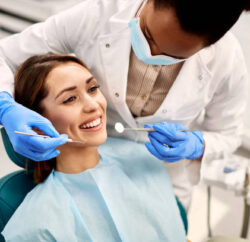On interviewing leading specialists from Hair Transplant Institute, Toronto, they shared that, “ Follicular Unit Excision techniques deliver natural, nearly scarless results and it is why this method dominated the industry. The robotic ARTAS precision FUE system is so advanced that it can remove tiny units which can be placed in the shallow slits to avoid the hair plug look. The placement of each graft is such that it stimulates authentic growth and would translate into long term results. Making FUE a popular choice.” If you have undergone FUE procedure, the following are some do’s and don’ts to keep in mind to help you get the best results.
- Follow up Appointments:
After every surgery, minor or major it is important to have a follow-up appointment to see if the wounds are healing properly and to clear your doubts. If in case your surgeon does not plan to see you during your post-operative phase, then it should be considered as a warning sign of problems ahead. Follow up appointments, especially within the first two weeks can help you receive detailed instructions as to how to take care of the incisions and have your trusted surgeon available to assess your healing and help you remain on track. - Do NOT touch the donor or the graft area:
Itching sensations are a normal part of the healing process of incisions. Though the process is minimally invasive, like any other incision, the micro-incisions could become infected if they are exposed to bacteria which are on your fingers. The small blood vessel connections which start to form could disrupt the grafts and can be damaged with contact. If there is too much irritation, then your surgeon could prescribe medication or topical lotions that could help ease the sensation. It is always helpful to cover the scalp with a soft hat. - Keep your head and shoulder elevated:
Once the procedure is over, your surgeon will provide you with a list of instructions to follow to minimize swelling and discomfort. One of them is to keep your head and shoulders elevated a little, even while asleep. 35-45 degrees of elevation is ideal. Not only this, it is crucial that you try and avoid bending over. It is a lesser-known fact, but gravity influences blood pressure, which could result in swelling of the scalp. If you do lie down straight or bend over, then you could be in pain, pressure and in worse cases bleeding might also take place. - Avoid Cardio:
The new hair follicles need to establish stable blood flow and heal. Sweating would make it hard to keep the area clean and increase in blood pressure could put your grafts at risk. So it is best to take 1 to 2 weeks off from workout. - Patience is Key:
The results aren’t immediate, so patience is essential. The new strands would appear roughly after 3 months and will slowly fill in during the several months. 80% of the new hair growth will take place one year after the procedure.











